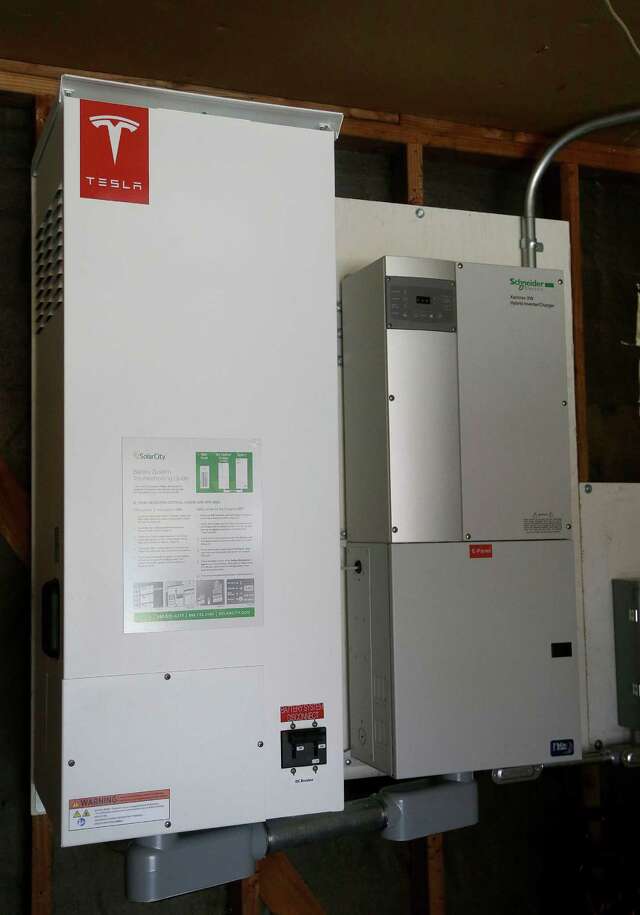


By offering battery storage, solar companies can provide a more comprehensive and attractive package to their customers. Increased customer satisfaction: Many customers are interested in having a battery storage system as part of their solar installation so that they can use the stored solar energy when the sun is not shining. Offering battery storage as a part of a solar installation package, especially now as batteries are financially incentivized, can help solar companies grow in several ways: How can offering battery storage help solar installation companies grow? In general, it is a good idea to plan for the eventual replacement of a battery storage system as part of the overall lifecycle management of the system. If a battery storage system is used in a way that is outside of its design specifications, it may need to be replaced sooner than expected. Regular inspections and monitoring can also help to identify any issues early on and ensure the system operates efficiently. To maximize the lifespan of your battery storage system, it’s essential to follow the manufacturer’s recommendations for usage, specifications, and temperature management. As the battery degrades, its storage capacity and performance will decline. Some high-quality batteries might last even longer, up to 20 years.īattery degradation is a natural process that occurs over time as the battery goes through charge and discharge cycles. Lithium-ion batteries used for solar energy storage generally have a lifespan of around 10 to 15 years. The lifespan of a residential solar system’s lithium-ion battery can vary depending on the specific battery technology, manufacturer, usage, and manufacturer specifications. How often do battery storage systems need to be replaced on a residential solar system? In general, most battery storage manufacturers only cover the equipment for 10 years or above 70% capacity. Having this additional protection can help with battery repairs, parts and labor, as well as a complete replacement if your battery falls below 30% capacity in years 11-20. During the time of installation, you can also have it covered under a Solar Insure 20-Year Battery Monitoring and Warranty. With your home battery storage system, your equipment will come with a standard manufacturer’s warranty to protect you from any faulty equipment or issues that arise within the first few years. The warranty terms, including what is covered and for how long, vary depending on the manufacturer and the specific phone model. Comparing your home storage equipment warranty to your phone battery warrantyĪ manufacturer’s warranty is a promise made by the manufacturer or seller of a phone to repair or replace the phone if it develops certain problems within a specified period of time after purchase. By recognizing the similarities in cycles, capacity, and lifespan, homeowners can better appreciate the nuances of solar energy storage, empowering them to make more informed decisions about their energy needs and management. In essence, understanding home battery storage becomes more accessible when comparing it to the familiar workings of a cell phone battery. By examining the “depth of discharge” (the percentage of energy drained from the battery) alongside the number of discharge cycles, one can observe how the battery’s overall capacity declines with each cycle. After this period, the battery’s capacity will decrease by approximately 20%. Like your phone, the home battery undergoes cycles of charging and discharging, aptly referred to as “charge cycles.” Each time your phone’s battery runs low and needs recharging, it completes a cycle, and over time, these cycles gradually reduce the battery’s overall capacity.įor instance, a typical lithium-ion cell phone battery has a 2-3 years lifespan, encompassing 300-500 charge cycles as specified by manufacturers. To begin, consider your home battery storage system like a brand new cell phone, charged to its total 100% capacity. To truly grasp the intricacies of battery storage, homeowners can find it helpful to draw parallels with a familiar everyday item: their cell phone battery. Battery storage represents a monumental leap forward for residential solar owners, unlocking new energy management and sustainability possibilities.


 0 kommentar(er)
0 kommentar(er)
